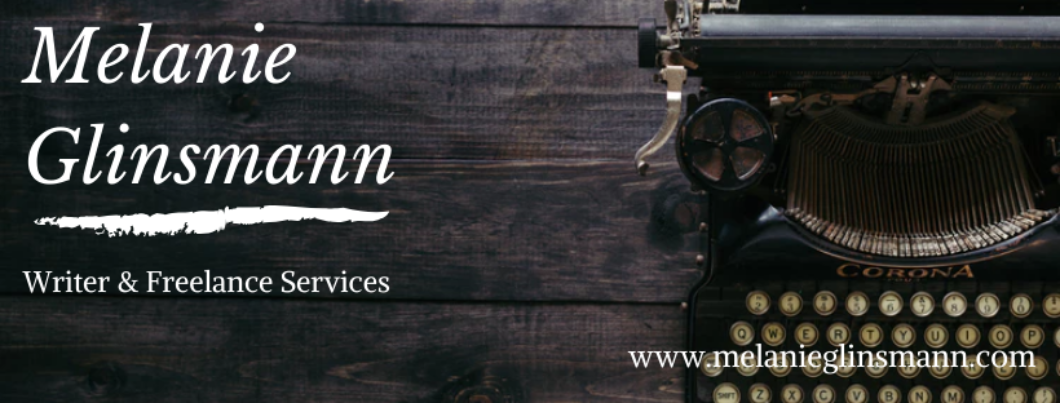
In Part 1 of “In the Beginning,” I looked at how a boring beginning to a book I recently read influenced my review of the book as a whole. Because the beginning was boring, I didn’t connect to the rest of the story like I’d hoped.
While I usually try to finish a book, unless there are significant issues with it, I’m in the minority. With as busy as people are today, many readers won’t hesitate to stop reading a book they don’t enjoy from the beginning.
So what does this mean for those of us writing books?
Writing a compelling beginning is crucial. If your book starts out boring, many readers assume the rest of it will be boring. You have to catch their attention from the beginning. Otherwise, they don’t see much incentive to continue.
Starting Your Book With a Bang
Unfortunately, there is not a one-size-fits-all approach to starting your book. I can’t give you the perfect opening formula. There are plenty of ways to capture your readers’ attention. You, as the writer, have to decide what method works best for your audience, whether that’s with dialogue or jumping right into the action for fiction, or sharing personal stories or facts for a non-fiction book.
But what I can tell you is that all good beginnings share some common traits. Your beginning must connect with readers and give them incentive to keep reading. Keeping these common traits in mind can help you decide what strategu works best for your genre and message.
Some things to keep in mind for your book’s beginning:
NON-FICTION
Establish Credibility – In order for a reader to connect with your message, they need to see you as an authority on the subject. Whether your credentials are formal or informal, you need to let readers know why they can trust you. Why should readers listen to you? What unique perspective do you bring that others writing about the topic don’t have?
Let Readers Know What To Expect – Most likely, there will be lots of other books on the same topic as yours. In the early chapters, you need to set yourself apart. Readers need to see what to expect if they read your book. You need to lay out what readers will learn. What lessons will you share? How will your book be different than others?
Set the Right Tone – Because non-fiction varies greatly in terms of subject matter and audience, you need to set the appropriate tone for your book. The tone should match the message. If your book is an academic text or industry specific guide, the tone will naturally be more formal. But, if your book is meant to be a humorous look at corporate office structure, don’t spend the first chapter citing studies of Fortune 500 business models. Readers expecting a self-help format probably don’t want a bunch of dry statistics about psychological studies from the early 1900s. What emotions do you want to draw from readers? Is your message meant to purely inform or to entertain and inspire?

FICTION
Give Your Characters Life – In order for readers to connect with your book, they need to find a reason to like your characters. Even with antagonists, readers need to see their motivations, quirks, and/or potential for growth. You’re not going to divulge everything about a character in the first chapter. But, you need to give readers early insight into the characters’ roles. What hints can you give about your characters without giving everything away? How do they relate to other characters?
Build Your World – Depending on your genre, building your fictional world doesn’t happen all at once. Even if your setting is a real place, it takes time to establish the unique qualities of that world. However, early in your book, you need to give readers a glimpse of those unique qualities. Readers need to feel connected to the world early in the story. Showing not only the specific landscape or buildings, but also giving hints about mysterious places provides a sense of anticipation for your readers. What makes your world unique? How does the world influence your characters’ lives?
Set Your Hook – In the middle of sharing glimpses into your world and characters, the beginning of your book also needs to include what some authors refer to as an inciting incident. This incident is the first scene that forces a character to make a decision or take action. This scene sets the stage for the rest of the narrative. If you don’t have this hook in your early chapters, readers tend to get bored waiting for something to happen. What event or influence forces a character into action? Why does a character react to something within the environment?

Don’t Let Your Beginning Be Your End
Writing the beginning of your book is often the easiest thing to write. At least on the surface. Writers are excited to start a new project and ideas are flowing. But, as you complete your manuscript and start the revision process, don’t take that beginning for granted.
While it might seem like that was the easiest part, sometimes, that feeling can be deceptive. You need to go back and read it again to be sure it works with the rest of your book. And, you need to have others read it. Not just your mom or best friend. Have a variety of people, especially from your target audience, read it. Their feedback can help you with revisions.
Spending quality time with your book’s beginning will ultimately increase the odds that readers will spend quality time with your book.
Reignite your creativity!

Subscribe to get new content, monthly newsletter, and important updates. You'll also receive a free download - "30 Days of Creative Inspiration."

